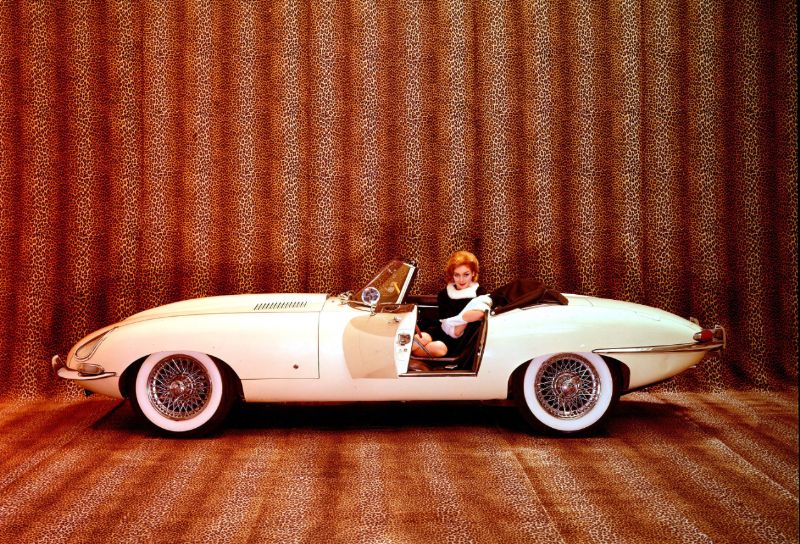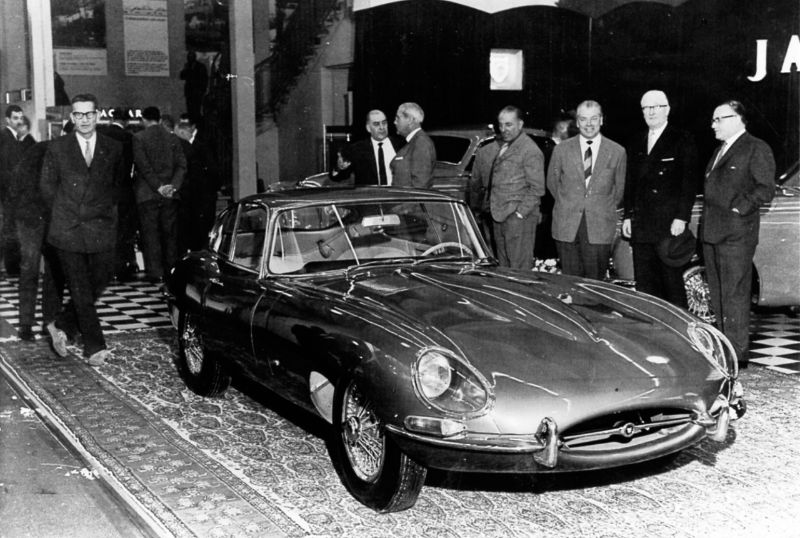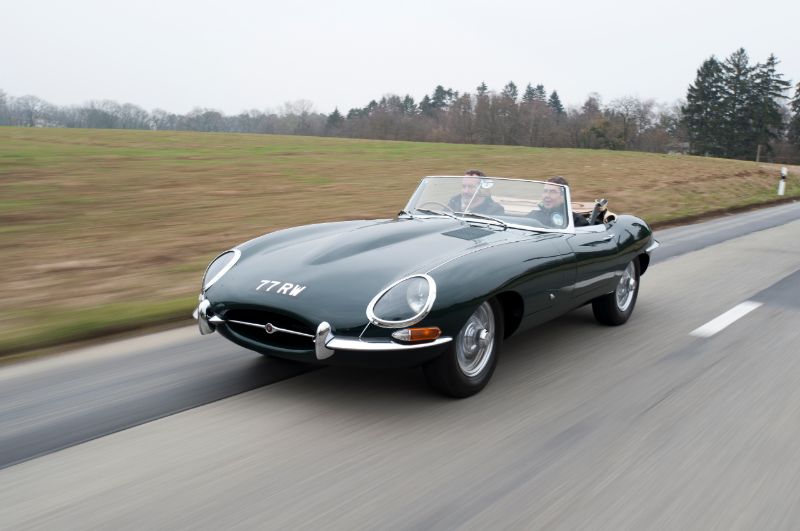Jaguar E-Type

The Jaguar E-Type is also known as the Jaguar XK-E in North America. It was produced from 1961 to 1975. This vehicle is known for combining beauty and performance with surprisingly competitive pricing. The E-Type is based on the D-Type race car from Jaguar. That vehicle is the perfect basis for a sports car as it earned the top title at the 24 Hours of Le Mans for three consecutive years.
The Jaguar E-Type was able to reach 150 miles per hour and needed less than 7 seconds to reach 60 mph. It also had disc brakes, monocoque construction, independent rear and front suspension, and rack-and-pinion steering, all of which were unique at the time. The first E-Type design that the public saw was a grand tourer coupe or roadster with two seats and a rear-wheel drive. A few years later, a 2+2 coupe arrived, complete with a longer wheelbase.

The various models of the Jaguar E-Type are divided into Series 1, Series 2, and Series 3, with some transitional models as well. The most valuable and sought-after version of the E-Type is Series 1. The original E-Types used 3.8-liter engines and transmissions with partial synchromesh. The later ones in Series 1 had larger torques and engine plus a fully-synchronized transmission. They also got modern amenities like reclining seats. The rarest configuration is the Series 2 coupe, as less than 5,000 were built.
The Series 2 models arrived in 1968 with a bigger grille opening, bigger lamps, and heavier front bumpers. There were also improvements to braking and cooling systems, plus the option of power steering. The E-Type saw the most significant changes in 1971, with an all-new V12. This made the E-Type the first V12-powered production vehicle from Jaguar. The maximum speed was still slightly under 150 mph. The styling was not quite as graceful as previous model years, with a prominent chrome grille.

The first Jaguar E-Types used a 3.8-liter 6-cylinder XK6 engine that was triple-SU carbureted. It increased to 4.2-liters in 1964, but with the same output of 265 hp and same top speed. Torque, however, did increase by about 10 percent with the additional size, up to 283 pound-feet. In 1968, there was a slight downgrade in terms of performance, dropping horsepower to 246 and torque to 263 pound-feet. In 1971, the Series 3 arrived with its new 5.3-liter V12 engine. It had more torque, could reach 60 mph in less than 7 seconds, and produced 272 horsepower. Throughout its history, the E-Type had a highly competitive performance for its class.
